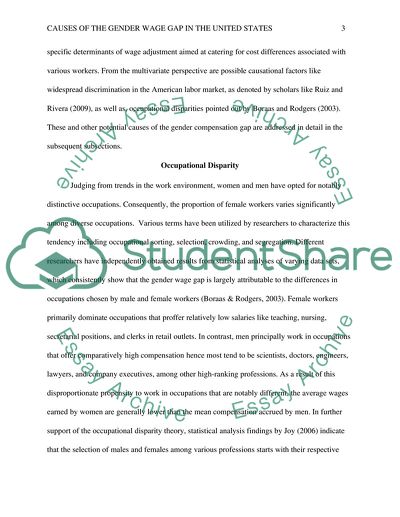Cite this document
(“The causes of the wage gap between men and women in the United States Research Paper”, n.d.)
Retrieved from https://studentshare.org/human-resources/1665592-the-causes-of-the-wage-gap-between-men-and-women-in-the-united-states
Retrieved from https://studentshare.org/human-resources/1665592-the-causes-of-the-wage-gap-between-men-and-women-in-the-united-states
(The Causes of the Wage Gap Between Men and Women in the United States Research Paper)
https://studentshare.org/human-resources/1665592-the-causes-of-the-wage-gap-between-men-and-women-in-the-united-states.
https://studentshare.org/human-resources/1665592-the-causes-of-the-wage-gap-between-men-and-women-in-the-united-states.
“The Causes of the Wage Gap Between Men and Women in the United States Research Paper”, n.d. https://studentshare.org/human-resources/1665592-the-causes-of-the-wage-gap-between-men-and-women-in-the-united-states.


